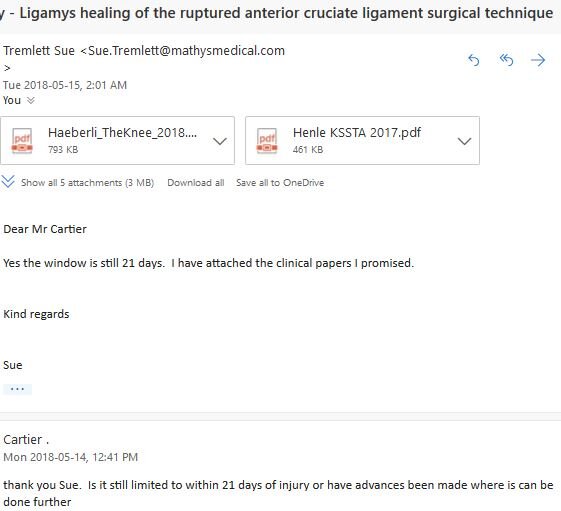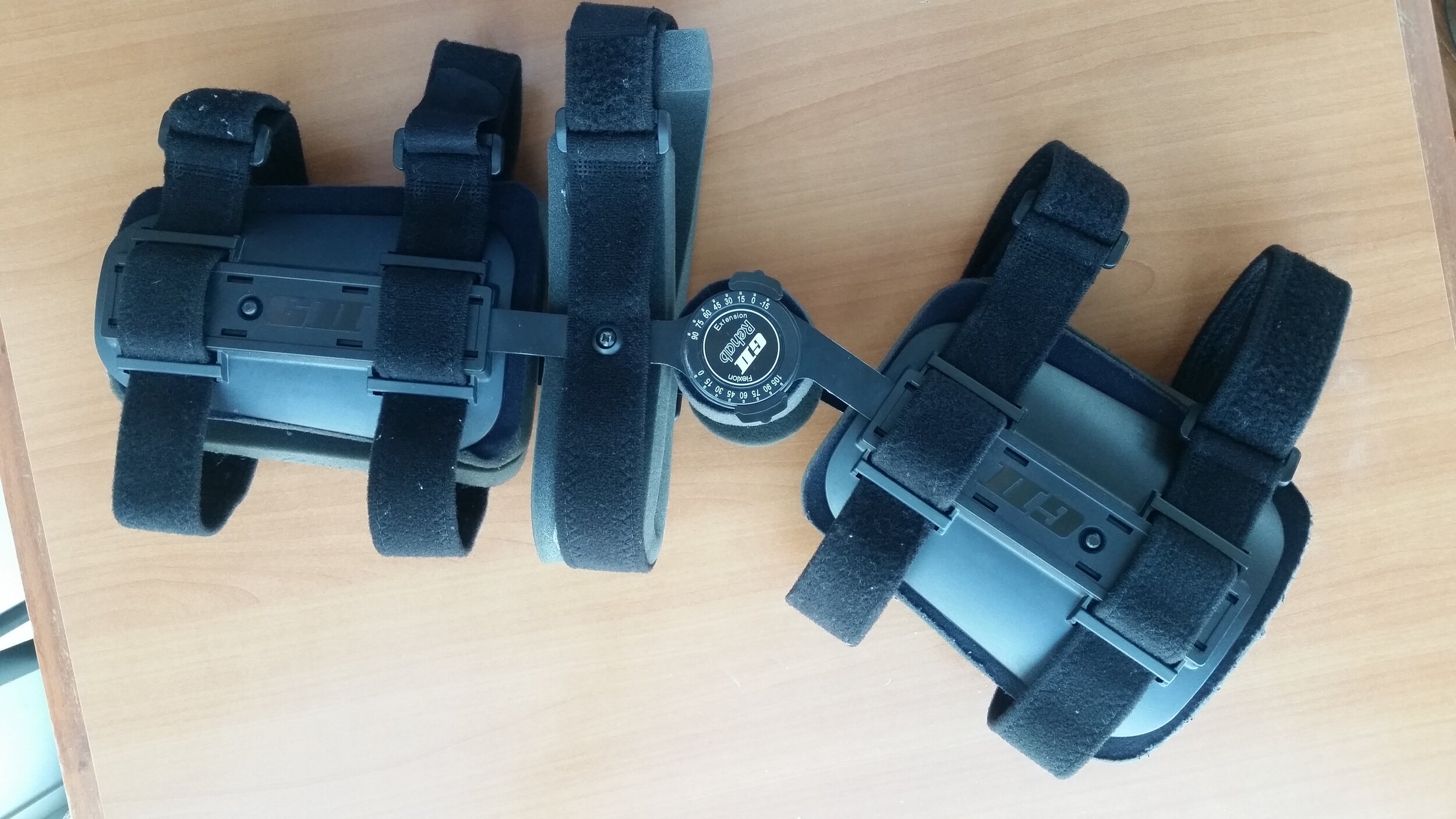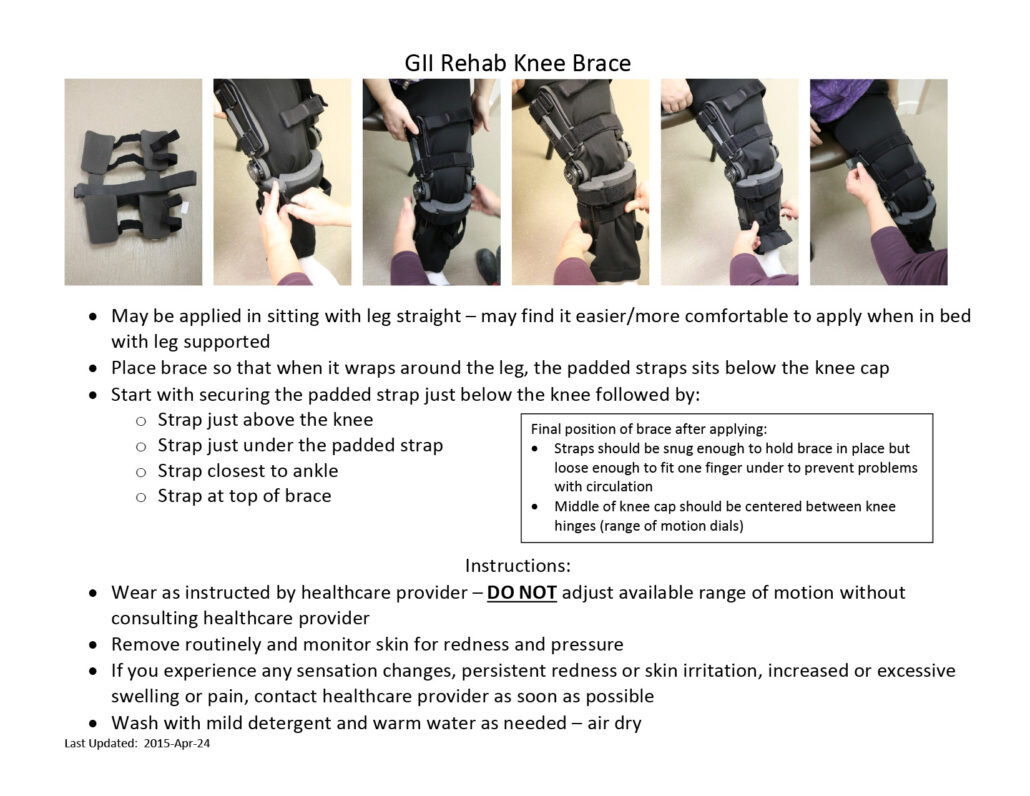2am
Reply from my DIS ligamys inquiry arrives, still 21 days, so not an option. Also received 5 more published papers on its results.
8am
I receive a reply from Canadian Research Ethics Board from my efforts to get an application in for BEAR Trial.
10:42am
I send the DIS published research to my Sports Medicine doctor at AKIC University of Calgary in preparation for my appointment 10am tomorrow. Is it strange to expect someone would be interested in their field of expertise?
11:09am
BEAR explains they are confused that I’m trying to both introduce their device to Canada, as well as be a patient.
12:27pm
I email BEAR again, and tell them I’m trying to both introduce their device to Canada, as well as be a patient.
3:07pm
BEAR trial let’s me know they won’t help even if I move to meet their 3 hour criteria. Still no criteria provided for me to pass on to my friend in the US.
I never ended up receiving a link from BEAR Trial to their 3rd trial criteria which I asked for several times to forward to a US friend.
I learn in addition to hospital funding, grant funding from the NFL (NFLPA player study harvard) was a significant factor in making BEAR trials possible. Curious if they are offering this to NFL players when they get injured.
8:52pm
I send the ultrasound to The Mackay Clinic, and inquire about my shortening timeline to avoid ACL attenuation, or other potential options to avoid removal if unnecessary. And maple syrup.
Found more info on internalbrace primary repair #surgical technique here:
https://www.arthrex.com/what-surgeons-are-talking-about/131FD01B-7B44-491D-B5F7-015A9474A65E
Despite the situation, I still had awesome #ski season, including the day this happened – even though this happened it was still a great day!


















